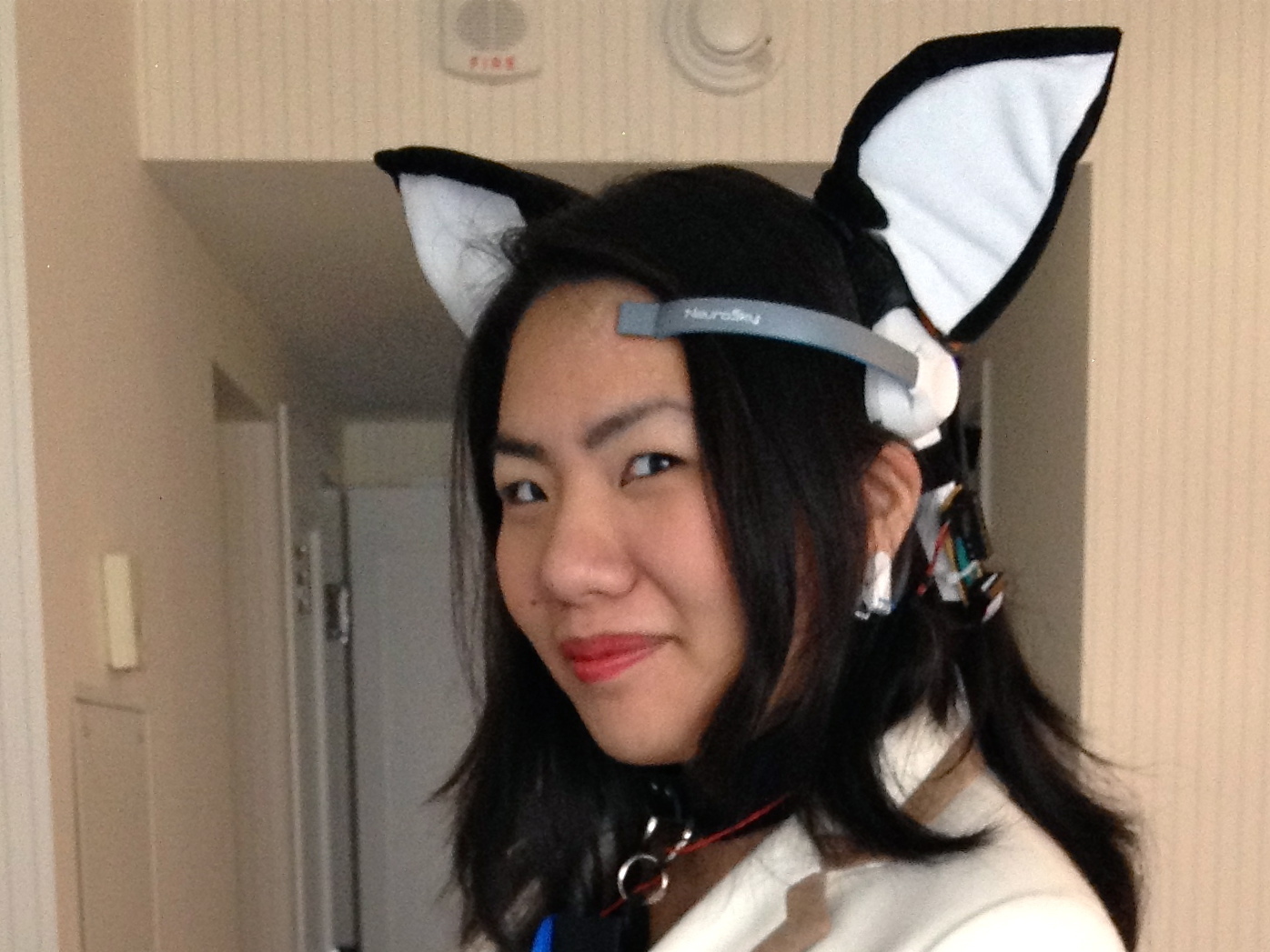NOTE: This project is under construction! It’s very, very rough right now.
This project will require a 3D printer such as a MakerBot. You can also use a service such as Shapeways to have the files printed for you.
You’ll be assembling a mechanical set of ears based on servo motors, programming an arduino and tuning their movement, modifying an EEG headset to communicate with the arduino, and making an enclosure for the electronics.
Printable files and a part list for this project are available on Thingiverse. Code is available on github.


